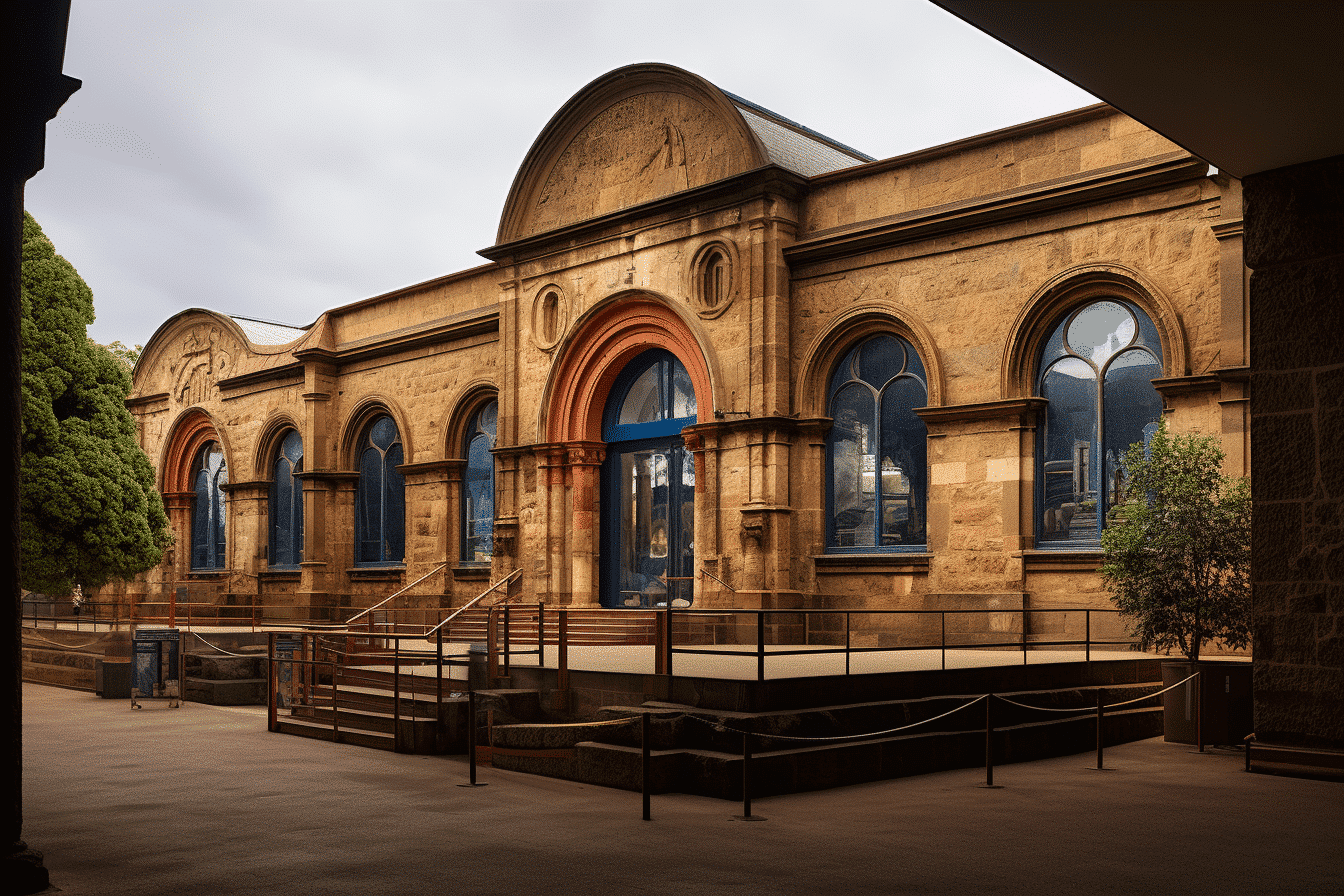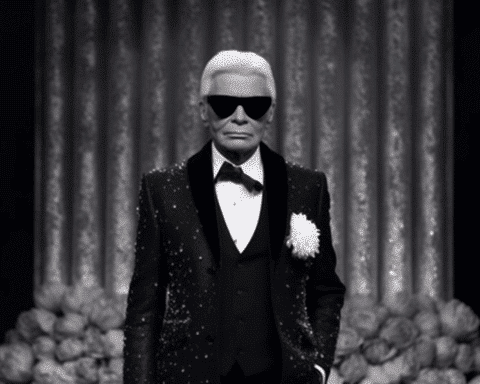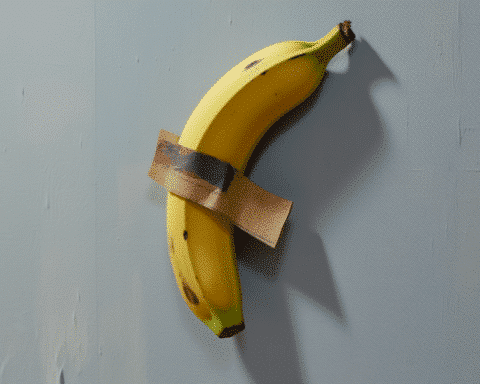In an unprecedented event, the Museum of Archaeology of Catalonia in Barcelona welcomed nudists for a special viewing, allowing visitors to shed their clothing as they perused the “Bronzes of Riace” exhibition. This unique tour, a collaboration with the Catalan Naturism Club, offered a 90-minute journey through Luigi Spina’s photographic depictions of the renowned 5th-century BC Greek bronze statues. The nude warriors, discovered in 1972 near Riace, Italy, stood as a testament to the human form in its most primal state.
The initiative sought to break the mould of conventional museum visits. “We wanted to make it a more colourful visit and not the typical guided tour,” explained Edgard, the guide, who joined in the nudity to enhance the thematic experience. The museum’s approach was evident from its website, promising an immersive experience where visitors could “admire the works by posing in the same situation as they are, completely naked and surrounded by other bodies.”
The event resonated with participants on a profound level. “The same intensity as observing it with clothes on, but with the difference that we might understand better that nudity has always existed, and bodies should not be a source of shame for anyone,” reflected Marta, a 59-year-old health worker and visitor to the exhibition.
As the Museum of Archaeology of Catalonia opens doors to a fusion of ancient art and modern perspectives on the human body, it challenges long-standing perceptions. It encourages a dialogue on the beauty and normalcy of nudity. With initiatives like these, art appreciation is being redefined, allowing for a more personal and uninhibited connection with the works on display.
Embracing Art and Nudity in a Modern Context
The event marks a bold move in museum programming, blending historical appreciation with contemporary body positivity and personal freedom issues. The successful turnout and positive feedback suggest a growing acceptance of such innovative approaches to art and self-expression. As museums worldwide watch on, the Museum of Archaeology of Catalonia sets a precedent for cultural institutions to think outside the box, engaging their audiences in enlightening and liberating ways.
In Barcelona, where art meets life in its most natural form, the lines between observer and observed art and audience blur beautifully, leaving a lasting impression that may shape future museum experiences.



